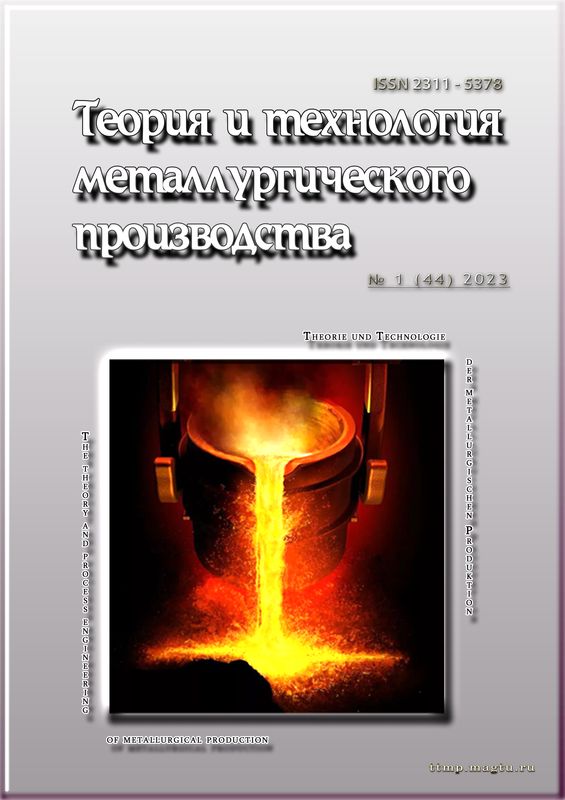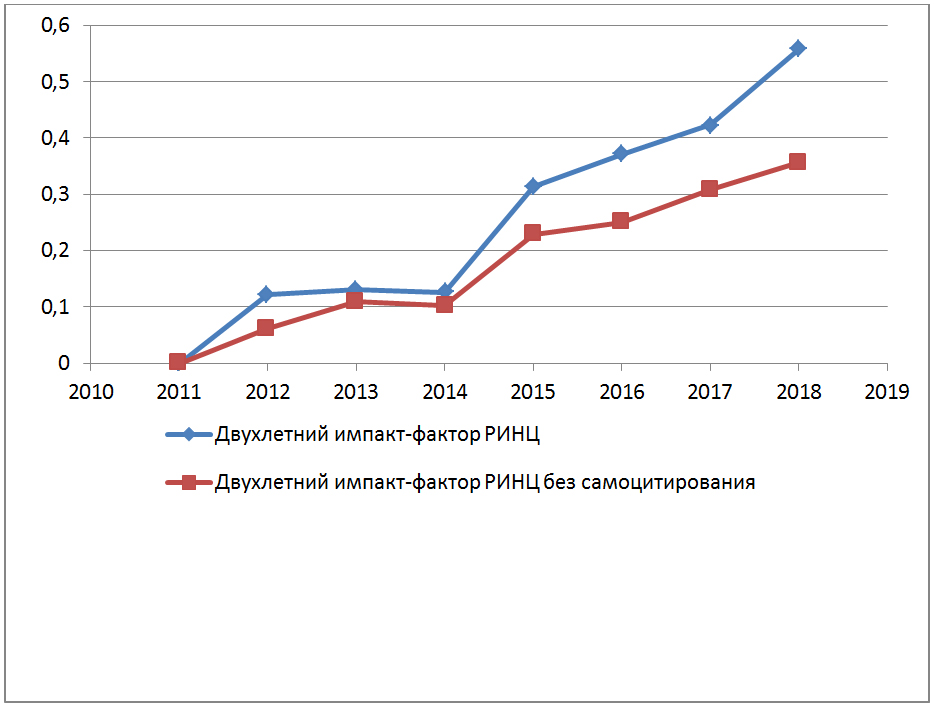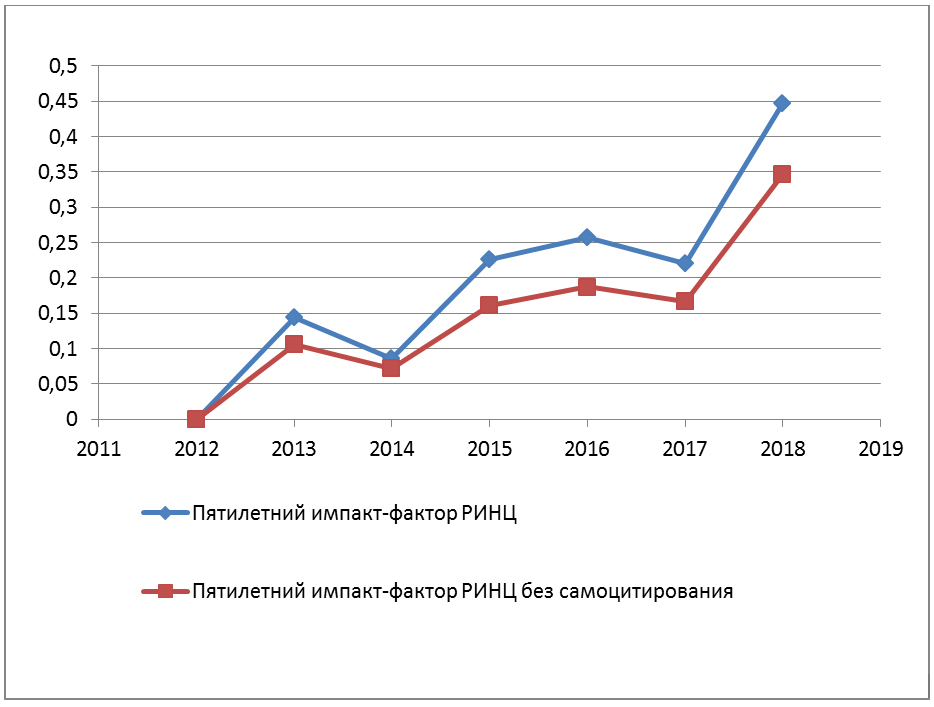Abstract
The work is devoted to the study of dimensional accuracy of highly porous photopolymer models used in casting when forming a ceramic shell mold. The use of models filled with cellular structure in casting is associated with a decrease in the marriage of ceramic forms in the process of burning and calcining. The reduction of the force effect on ceramics is due to the deformation of the cellular volume inside the model. The material used in the work belongs to the class of cross-linked polymers, before curing it is a yellow opaque liquid. The transition of a material from a liquid to a solid state when exposed to a concentrated light source is accompanied by shrinkage processes that affect the error in the layering models. Therefore, an urgent task of the study is to evaluate the evolution of the error in the formation and subsequent polymerization of the model with a cellular filling. The paper describes the design technique of models representing a shell filled with an array of cells. The physical and mechanical properties of the material and the geometrical parameters of varying the cell size are given. The method of control of the studied samples and the accuracy parameters are presented. According to the results of the experiments, it was established that with an increase in the volume content of the material in the sample due to an increase in the thickness of the web, the deviations of the investigated parameter of the diameter accuracy increase before and after polymerization of the material. Minimal deviations are achieved when using a cell with a jumper thickness of 0.2 mm. According to the results of a study of accuracy in terms of non-flatness, the minimum deviations were achieved with an average volumetric content of the material in the model with a cell jumper thickness of 0.4 mm. After polymerization, the minimum deviations of flatness were achieved with a jumper thickness of 0.2 mm. The minimum deviations of the non-cylindrical parameter are achieved with a maximum jumper thickness of 0.6 mm. The data obtained allow to predict the deviations of the shape of the models filled with a cellular structure and to make changes to the computer model at the design stage.
Keywords
Prototyping, non-cylindrical, flatness, deviation, accuracy, photopolymer model, cellular structure, prepolymerization, investment casting.





